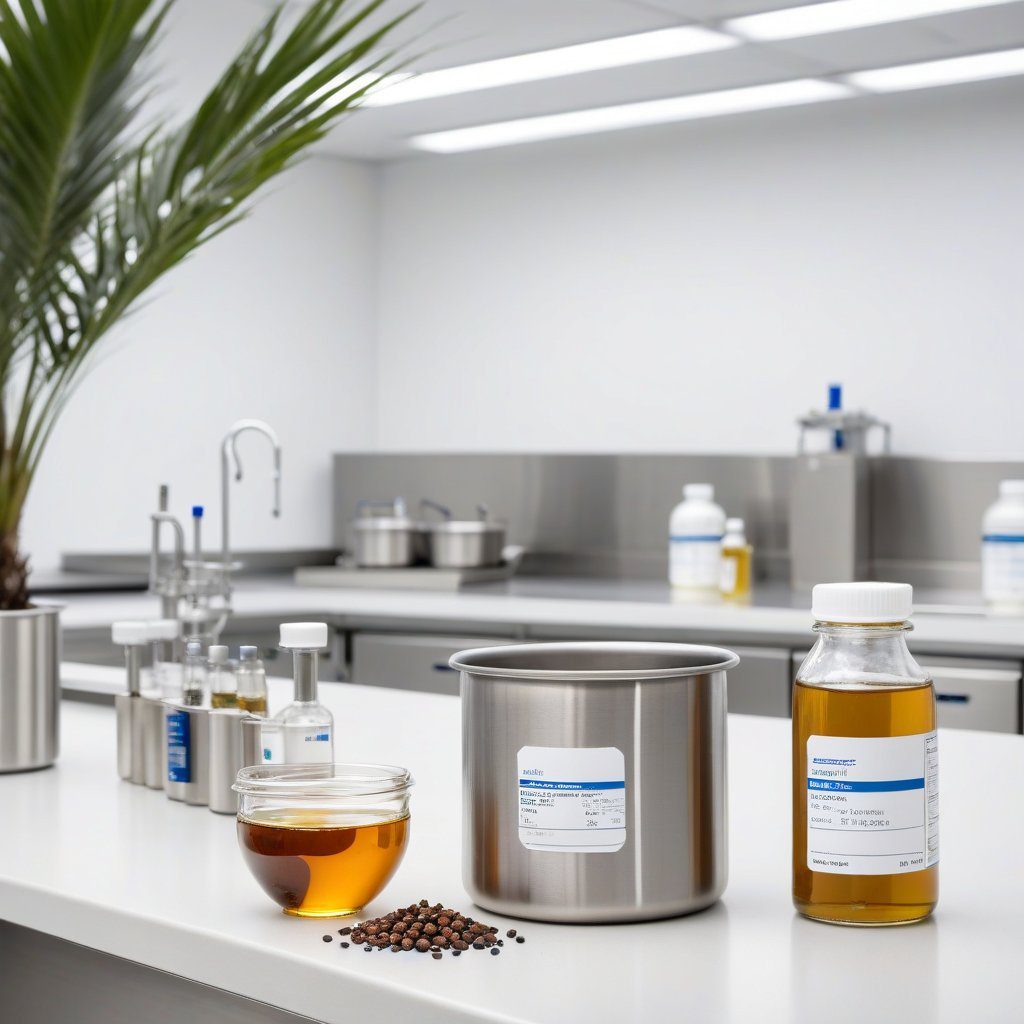Definition of Palm Fatty Acid Product Lifecycle
The palm fatty acid product lifecycle refers to the entire process from the cultivation of oil palm trees, through the extraction of palm oil, to the production and distribution of palm fatty acids. This lifecycle encompasses various stages, including planting, harvesting, processing, and distribution, ensuring that each phase adheres to sustainability standards and quality control measures.
Cultivation of Oil Palm Trees
The lifecycle begins with the cultivation of oil palm trees, primarily in tropical regions such as Southeast Asia and parts of Africa. The selection of high-yielding and disease-resistant varieties plays a critical role in maximizing production efficiency. Sustainable agricultural practices are increasingly adopted to minimize environmental impact, including agroforestry systems that promote biodiversity.
Harvesting Techniques
Harvesting oil palm fruits is a crucial stage in the palm fatty acid product lifecycle. This process typically involves manual labor, where trained workers carefully cut the fruit bunches from the palm trees. The timing of the harvest is essential, as overripe fruit can lead to a decline in oil quality, impacting the final product’s characteristics.
Extraction of Palm Oil
Once harvested, the next step is the extraction of crude palm oil from the fruit. This is achieved through mechanical pressing and sometimes chemical processes, depending on the desired quality. The efficiency of extraction methods directly influences the yield and quality of palm fatty acids, underscoring the importance of advanced technologies in this phase.
Refining Processes
After extraction, crude palm oil undergoes refining to remove impurities and enhance its quality. This refining process can include degumming, neutralization, bleaching, and deodorization. Each step is vital for producing high-quality palm fatty acids suitable for various applications, from food products to cosmetics.
Production of Palm Fatty Acids
The refined palm oil is then converted into palm fatty acids through hydrolysis or fractionation. This stage is pivotal, as the resulting fatty acids serve as key ingredients in numerous industrial applications, including surfactants, detergents, and personal care products. The production techniques employed must align with industry standards to ensure product consistency and safety.
Distribution Channels
Once produced, palm fatty acids are distributed to various markets, including the United States. Establishing reliable distribution channels is crucial for maintaining product quality during transport. Companies like DIPLOMATA leverage their expertise to ensure timely delivery while adhering to international regulations and standards.
Export Regulations and Compliance
The export of palm fatty acids from Brazil to the U.S. is governed by a range of regulations. Compliance with both the Brazilian and U.S. legal frameworks, including environmental laws and trade agreements, is essential for successful export operations. Understanding these regulations helps ensure that DIPLOMATA remains a trusted supplier in the competitive market.
Sustainability Considerations
Throughout the palm fatty acid product lifecycle, sustainability considerations are paramount. Companies are increasingly focusing on sustainable sourcing practices to reduce deforestation and promote social responsibility within the supply chain. DIPLOMATA is committed to these principles, positioning itself as a leader in sustainable palm fatty acid production.


